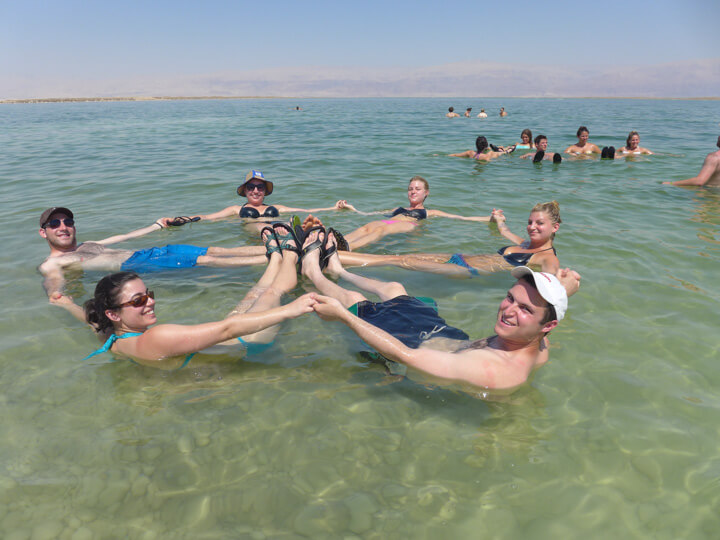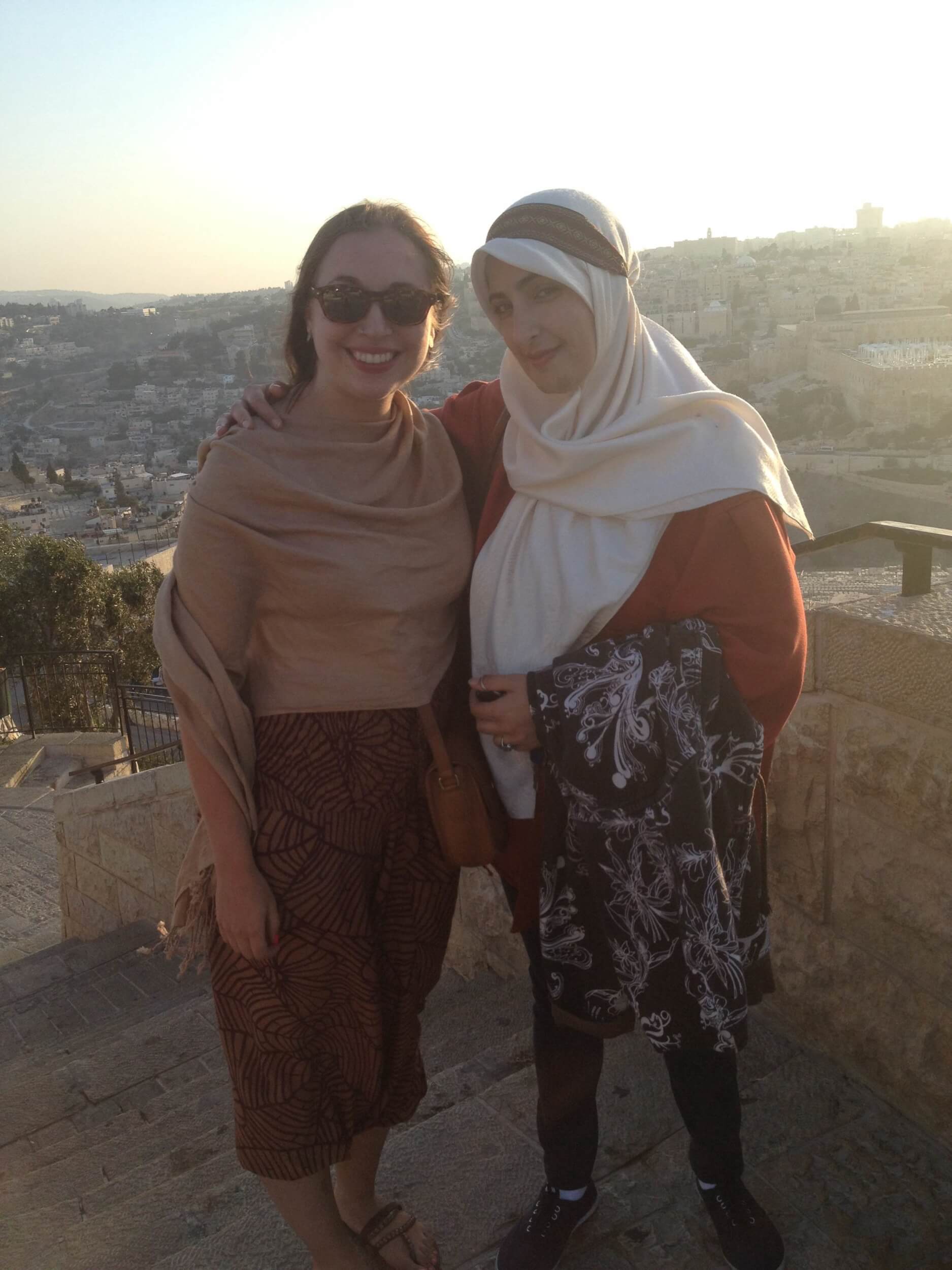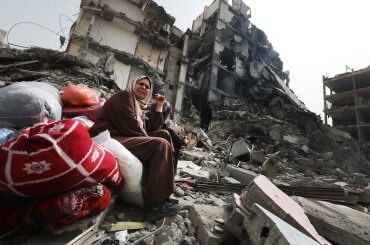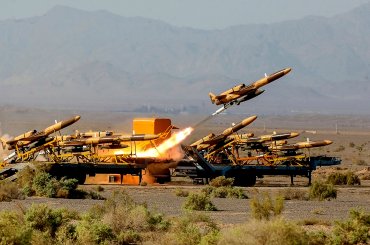This piece is adapted from a spoken word poem about my experience as a Jewish-American visiting Palestine with Taglit-Birthright tour, a program that grants people with Jewish heritage a free trip to Israel to “rediscover their Jewish identity.” After the trip, I had the privilege of staying with my childhood friend, Aseel, and her family in their homeland of Palestine.
My body rejected this land, this history, from the moment we stepped off the plane. My cousins had hyped this trip up so much, I half expected to touch down on a warm beach overlooking the Mediterranean, clinking glasses with a triumphant, “Mazeltov!”
Instead, I was suffocated by heavy airport questioning, watching barrels of guns sit on Israeli Defense Force soldiers’ waistbands, staring children in the face. “Don’t worry, young Jewish-Americans are not who Israeli soldiers are after,” my tour guide tells us, as if that makes it any more just.
I am told this land is my birthright. “To be Jewish is to be Israeli,” my tour guide beams. I am told we are a tribe of refugees, a landless people finally come home. This land that Aseel’s family has been harvesting for generations, a land she cannot leave nor enter – not for hospital visits nor college classes.
Yet, I am told, I have a birthright.

This convoluted Zionist alibi for ethnic cleansing rang in my ear at every Israeli checkpoint, with every one-sided history lesson we received, and with every scripture they shoved at us like fast-talking real estate agents whispering in the same undertone, “You belong here, they don’t belong here, you belong here…”
It was as if for every question regarding whom this land belongs to we are reminded, “but what about the Holocaust?”

Nine days later, I am sitting in my friend Aseel’s family home in Shufat, East Jerusalem. Her cement apartment complex stands resurrected in the rubble, a resilient rock supporting its people. I hadn’t seen her or her family in five years, not since the U.S. Immigration and Customs Enforcement agents showed up in our shared suburbia.
I am spinning, reciting how much propaganda we received, how my gut cringed at the irony of every IDF memorial. Aseel’s mother, Fatima, nods solemnly. Her brother, Noor, jumps up, “See! They have Holocaust museums and memorials at every corner, yet we are the victims of a modern day Holocaust! Where are the Palestinian memorials? Where do our tears go? Where are our bodies buried?”

Noor’s question lingers like the stunned silence after the car bomb that night, definite and deflating. In the wake of hate crimes, Palestinians held hostage by the occupation, and unwarranted jailing, Aseel’s uncle sits with his five year old child and prays. He is forced to explain to his child why his brother was killed by Israeli soldiers at the same time my rabbi explains Jews must stay righteously committed to Israel.
Israel, my Jewish brothers and sisters, we cannot heal through hurting. We cannot heal building homes on Palestinian bones, breaking backs and promises. The deep-rooted history between Palestinians and Jews may be tangled and twisted below the olive trees, distorted with peace settlement lies and colonization realities. Yet some of us are here to stand together against apartheid, against walls, divisions, and identification cards.
Let us rewrite history like truth this time.
Back in Aseel’s living room, Fatima’s olive eyes gaze up at me:
“That wall,” she trembles, “is one wall and two prisons. The Israelis live in fear, and we Palestinians live in fear – fear of the other. I pray every time Aseel, Noor, and Amir walk outside and I don’t stop until my babies are home. But I have hope. One day, peace will be brought upon this land once again. What do your people say? Shalom? Peace? One day…” she laments, bowing her head in prayer.
Inshallah, God Willing, I do the same.
Since my visit to Palestine, I have grappled with the harsh realities of what has been done to Palestinians in the name of an expansionist Israel. As Fatima and I continue to pray for peace, I urge all Jews to remain critical of Israel’s history, present, and future.



Thank you Kayla , for your touching and candid words.
You do write beautifully!
Peace HAS to come some day . But first there has to be Justice for there to be a true and lasting peace.
Too bad not one in a million Americans will read this little story.
“Peace HAS to come some day . But first there has to be Justice for there to be a true and lasting peace.”
Absolutely Bintbiba!
Thank you Kayla for this beautifully written article. As Just says it gives us hope! You saw right through the flimsy hasbara. I hope as many people as possible hear your story
I hope we can hear more from you
And read by many of my 4000 Facebook friends too. And shared on Twitter. Thank you Kayla. Enlightened young Jews like you give me hope.